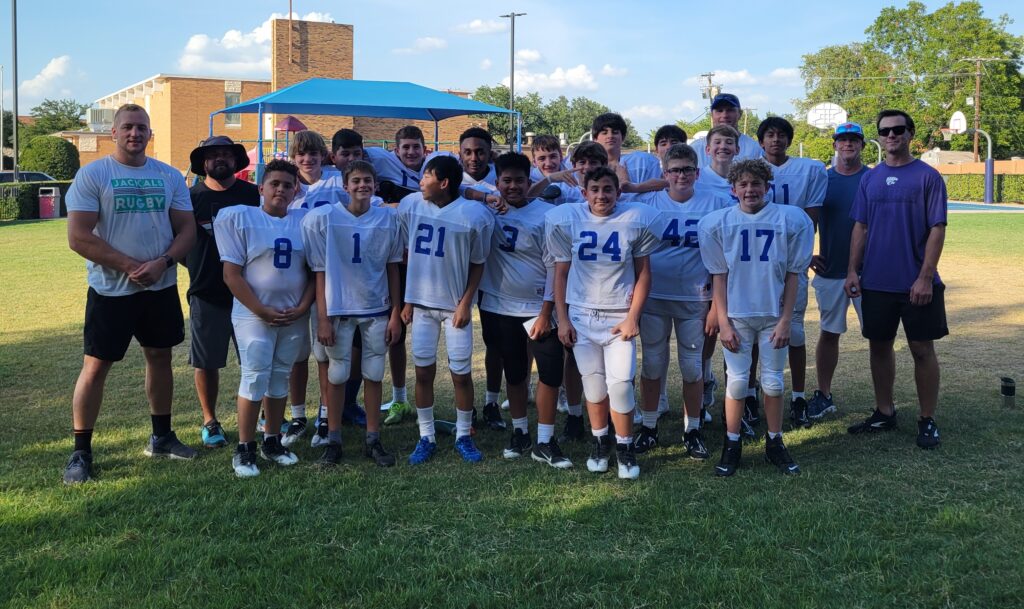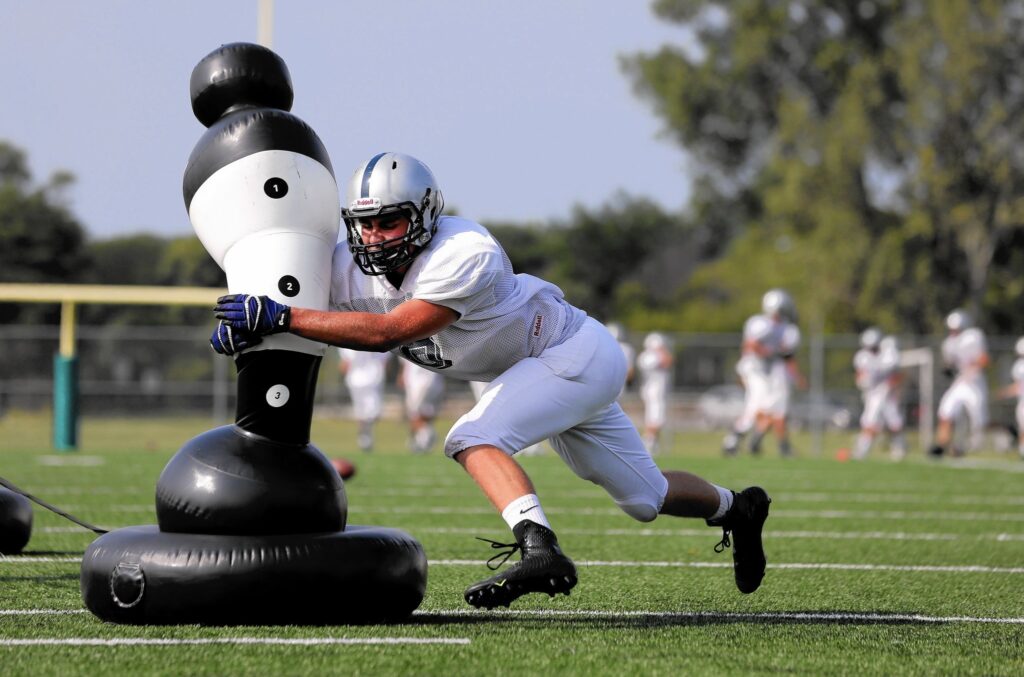Introduction
How much tackling practise is appropriate for young athletes has become a hot topic in the world of youth contact football. While the increased focus on contact has raised concerns about the risk of injuries, mastering the art of tackling is fundamental to the game. Striking a balance between safety and skill development is the crux of effective football coaching. In this article, we explore key factors that impact the decision-making process for coaches, emphasizing the significance of technique, coach upskilling, fundamental drills, the timing of live tackling, and the optimal duration for tackling sessions.
Focus on Technique
The Importance of Safe Tackling
Parents often express apprehension about the safety of tackle football for their children. The surge in the popularity of flag football is indicative of this concern. Counteracting this apprehension requires coaches to prioritize teaching proper tackling techniques. Unlike traditional drills, contemporary coaching emphasizes working without pads and helmets initially. This allows players to grasp the fundamentals of using their shoulders, driving through tackles, and mastering controlled hits.
Tackling without Equipment
Engaging in tackling without protective gear might seem counterintuitive, but it’s an effective method for instilling proper technique. Coaches can guide players to understand the mechanics of wrapping legs, executing tackles in a controlled environment, and adopting techniques that contribute to long-term safety. This approach not only enhances player confidence but also assuages parental concerns about the sport’s safety.
Upskill as a Coach
Evolving Coaching Strategies
One challenge faced by coaches is the need to evolve their strategies to align with the changing landscape of football. Safety concerns are paramount for both players and parents. To address these concerns, coaches must continually upskill themselves. Tackle Smart, a leading resource, provides tools that professional teams like the Seattle Seahawks and Ohio State have endorsed. Exploring small group training, team sessions, or attending camps and clinics can equip coaches with the latest methodologies to ensure player safety.
The Role of Tackle Smart
Tackle Smart offers resources designed to enhance tackle safety and success rates. Incorporating these resources into coaching practises not only ensures that players are learning from the best but also maximizes the efficiency of each drill. In a time-constrained practise session, the ability to extract the most value from every drill becomes pivotal, making Tackle Smart an indispensable ally for modern coaches.
Fundamentals are Key
Building a Strong Foundation
Fundamentals are the bedrock of any athletic endeavor, and tackling is no exception. While the allure of big hits is undeniable, coaches must prioritize teaching sound fundamentals. Emphasizing the use of shoulders, proper wrapping technique and the importance of breaking down before contact are foundational aspects that contribute to effective and safe tackles.
Striking a Balance
Achieving the right balance between intensity and fundamentals is crucial. Coaches should recognize that intensity will naturally follow as players become more adept at fundamental tackles. Rather than focusing on the speed of contact, instilling a solid understanding of the basics ensures that players are better equipped to prevent opponents from breaking out for significant gains.
When to Start Live Tackling?
Timing is Key
Determining when to introduce live tackling is a nuanced decision. Coaches need to strike a balance between adequately preparing players for the physicality of tackle football and avoiding burnout. An effective strategy is to commence live tackling drills a few weeks before the first game. Gradually scaling up the complexity of these drills, starting from basic exercises like tackling from the knees, ensures players understand the points of contact and can execute safe and effective tackles.
Tackling Sessions Duration is Important
Managing Player Fatigue
Tackling sessions should be characterized by a balance between intensity and player fatigue management. Keeping sessions short, typically within the ten to 15-minute range, is essential. These sessions are best conducted at the start of practise when players are mentally and physically fresh. Rotating players in and out of drills not only prevents fatigue-related injuries but also maintains high levels of engagement.
Efficiency in Practise
In a game where time is finite, efficiency in practise is paramount. Tackle Smart resources excel in optimizing practise sessions, ensuring that each minute contributes meaningfully to player development. The emphasis on short, focused tackling drills aligns with modern coaching principles, where efficiency is critical to maximizing skill acquisition within limited timeframes.
Are you a parent or coach who wants to make sure your young athlete is being taught the safest and most effective tackling techniques? Then, SIGN UP for our newsletter to stay up to date with our regular content, including upcoming events or camps!
Click HERE to sign up!




